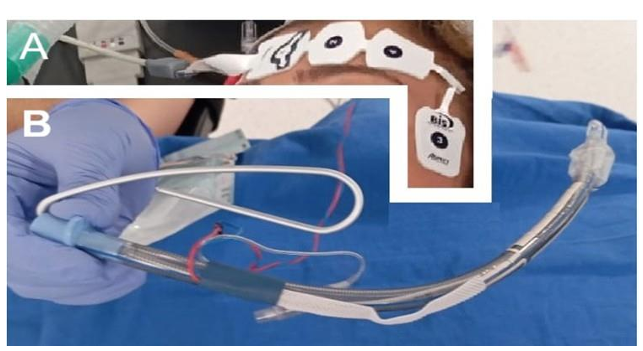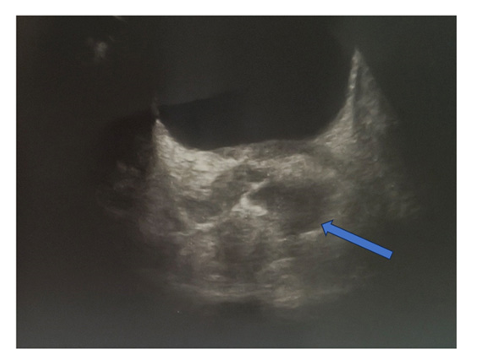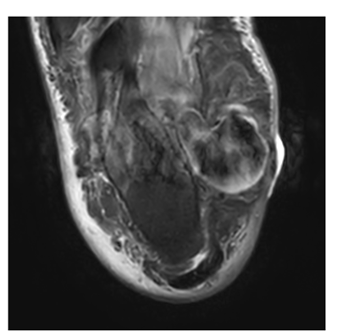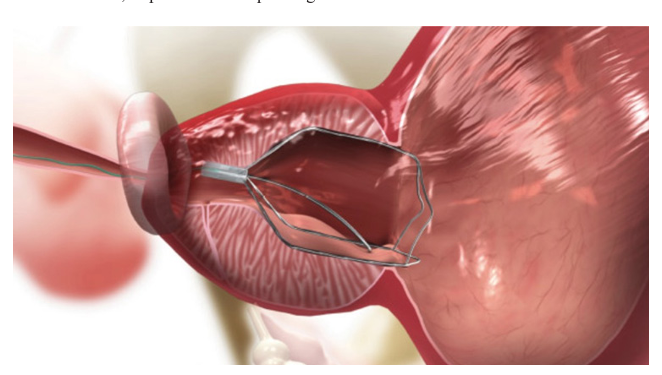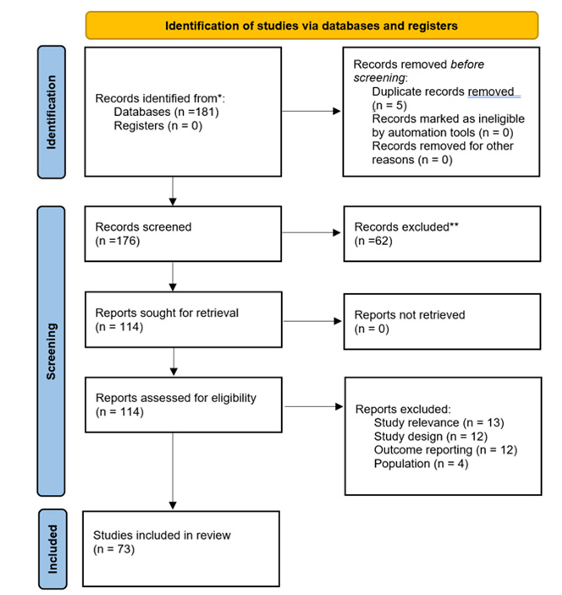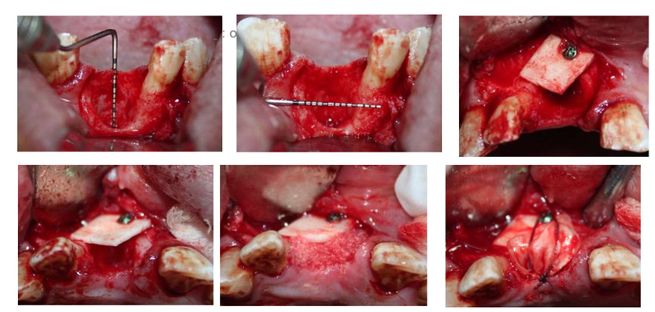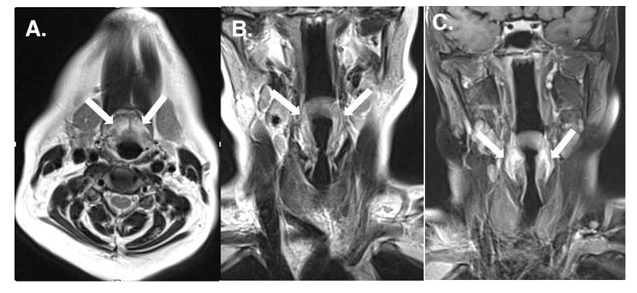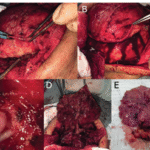
1. Abstract
1.1. Background
Sarcoidosis is a multisystem granulomatous disease of unknown etiology, which can occasionally manifest as sarcoid-like reactions in patients with a history of malignancy. These reactions may pose significant diagnostic challenges.
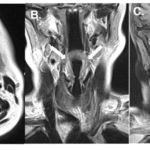
https://doi.org/10.47829/ACMCR.2025.15101
The neoadjuvant use of the immune check point inhibitor (ICI) pembrolizumab has significantly increased the complete pathological response (CPR) rate for early triple negative breast cancer (TNBC). However, pembrolizumab is associated with a variety of immune related adverse events (irAEs).
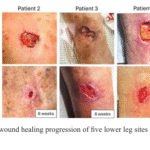
1. Abstract
Non-melanoma skin cancers commonly affect the lower extremities and scalp, where Mohs micrographic surgery (MMS) often leaves wounds with complex healing challenges due to limited vascularity, thin skin, and patient comorbidities. Secondary.
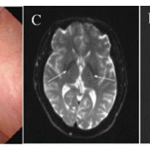
1. Abstract
Cerebrotendinous xanthomatosis (CTX) typically presents with infantile diarrhea, juvenile cataracts, and tendon xanthomas. We report a diagnostically challenging case of late-onset CTX in a 48-year-old male presenting with isolated progressive dys arthria as the sole predominant neurological feature. Notably,
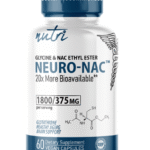
1. Abstract
1.1. Aim
This pilot investigation aimed to assess the impact of a proprietary glycine and N-acetyl cysteine (NAC) ethyl ester complex on quality-of-life (QOL) measures as well as blood levels of antioxidant, inflammatory and toxicant status. Recent evidence.
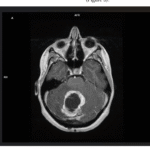
1. Abstract
1.1. Background
Pleomorphic xanthoastrocytoma grade 3 is rare disease classified as a distinct entity in WHO classification 2016. It is usually refractory to a standard therapy for high grade gliomas and has a dismal prognosis.
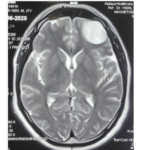
1. Abstract
Awake craniotomy allows safe and effective resection of brain tumours near eloquent areas. However, achieving timely and reliable intraoperative awakening is crucial, particularly when pre-existing pathologies and sedative agents delay emergence.

1. Abstract
Bi polar TURIS resection of the prostate is a well-established method, used over the past two decades for the surgical therapy of benign prostate hyperplasia. According to the EAU guidelines it is best to be applied.
ACMCR Archive
Articles Published
All articles are fully peer reviewed free to access and easy to download from our Site.
Why ACMCR?
- Highly Indexed Journals
- Fast Peer-Review System
- Reprints Issued Across the World
- Timely Submission for Indexing
- Collaboration with Research Institutions
- Reprints issued accross the world
- Diverse Subject Coverage
- DOI Assignment for Every Article
- Strict Ethical Guidelines
Digital Object Identifier
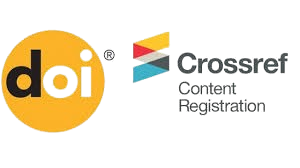
Content Registration at Crossref and DOI assignment for all published articles
Recent Articles
Indexing Partner










